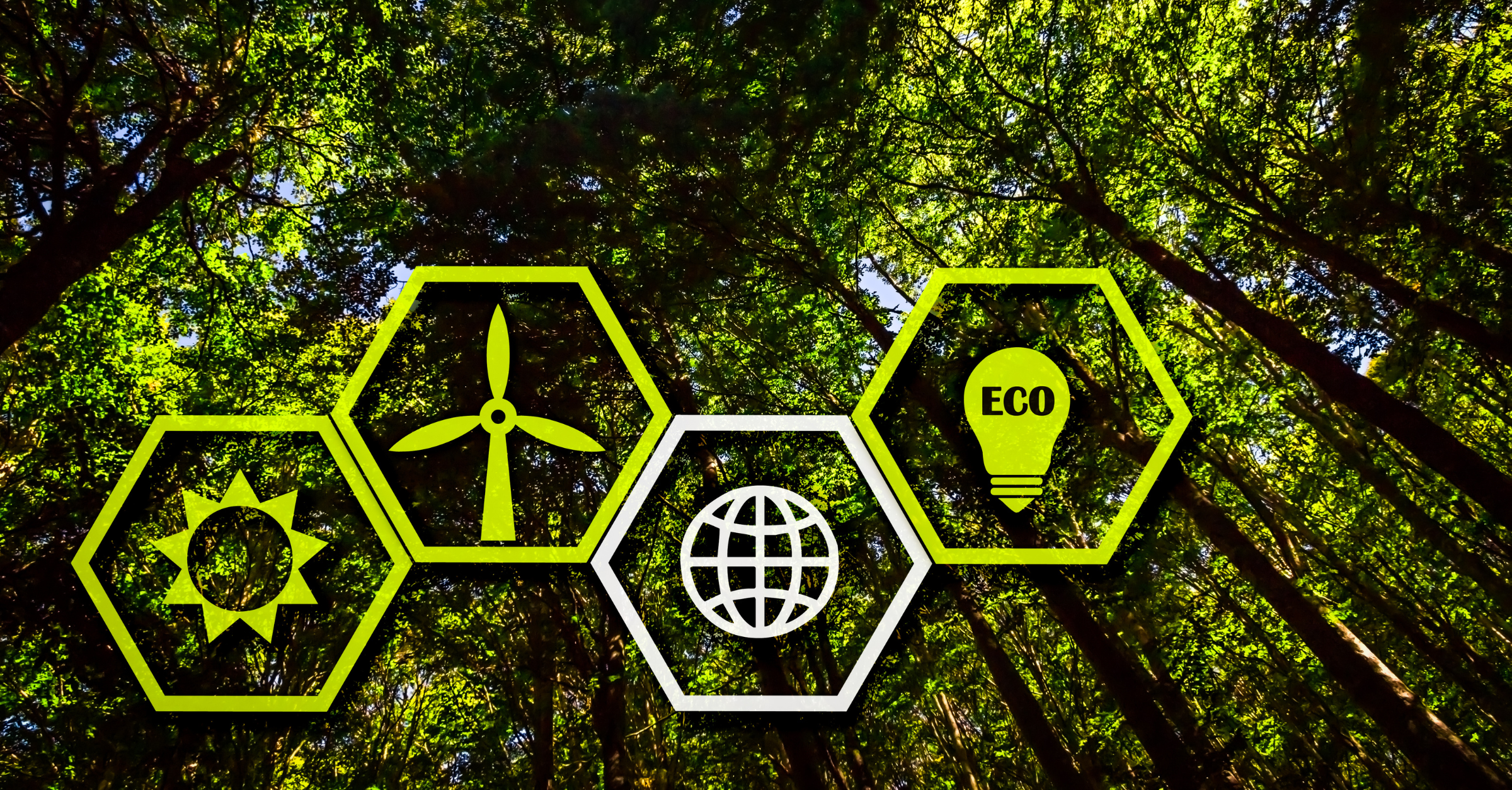Data Center Energy Metrics To Keep Your Eye On
Green initiatives in the data center industry are rising in importance—from internal stakeholders like shareholders, investors, and employees to external parties like lawmakers, regulatory agencies, and customers. As such, sustainability reporting is becoming more popular with the emergence of Environmental, Social, and Governance (ESG) programs across the sector. There’s a lot to look at: waste, water, heat, and more. The greatest resource employed by data centers, though, is electricity. As the industry grows, power will continuously have the highest impact on the financial bottom line, the most important aspect of operational continuity, and the first place to start with a sustainability plan. For data centers wanting to take on more energy tracking, we’ve identified various metrics to direct more sustainable data center power usage.
Metrics
Data Center Infrastructure Efficiency (DCiE)
DCiE measures the amount of total energy consumption used by IT equipment.
Data Center Performance Efficiency (DCPE)
Measured per kWh, it’s an efficiency measure using a specified unit of work.
Data Center Power Density (DCPD)
Use DCPD to measure rack power consumption against the rack capacity.
Energy Reuse Effectiveness (ERE)
Subtract reused energy from total energy and compare that to IT energy to gauge overall energy efficiency.
Energy Reuse Factor (ERF)
This number is a way of evaluating how much energy is being reused or exported, by comparing reused energy to total consumption.
Fixed to Variable Energy Ratio (FVER)
This ratio will identify how much energy can be effectively decreased.
Green Energy Coefficient (GEC)
GEC is used to measure what percentage of renewable energy a facility generates.
Grid Utilization Factor (GUF)
This number communicates the amount of time the facility uses onsite-generated power.
IT Equipment Energy Efficiency (ITEE)
ITEE averages the rated energy efficiency of all IT equipment.
Operational Energy Consumption
This is the total energy expended by all IT equipment, even if idle.
Power usage effectiveness (PUE)
PUE is a ratio of total energy consumption as compared to energy consumed by IT hardware. PUE has grown massively in popularity in recent years because of its broad usefulness in both data center design and operation.
Renewable energy factor (REF)
REF is the metric measuring renewable energy divided by total energy consumption. It’s useful because it allows apples-to-apples comparisons across data centers of differing sizes.
Space, Wattage, and Performance (SWaP)
A measure of hardware efficiency, this ratio looks at performance within the constraints of available space and power.
Stranded Power Capacity Per Rack
This represents the cabinet resources available for additional equipment.
Total Energy Consumption
This is the total energy consumed by the entire facility, regardless of source (utility grid, generators, renewables, etc.) or type (natural gas, steam, etc.).
Total Renewable Energy Consumption
Any and all energy from a renewable source can be measured here. That includes solar, hydro, wind, geothermal, or bioenergy, whether purchased or self-generated.
Technology Carbon Efficiency (TCE)
This figure examines total carbon emissions to see how clean a data center’s energy usage is.
Standards and Frameworks
Knowing which energy numbers to track is important, but it's only one part of the puzzle. There are existing guidelines you can use to make decisions around goal setting, measuring progress, and fitting your energy tracking into your larger sustainability objectives. Here’s a short sampling of some existing frameworks you can use to guide your sustainability journey.
ENERGY STAR
An official accreditation given to energy-efficient pieces of hardware and equipment.
ISO/IEC 30134
A series of uniform international key performance indicators (KPI) for data center operations, including official PUE standards.
ISO 50001
A set of guidelines for organizations looking to develop and implement an internal program to improve energy management.
ISO 14001
Related to ISO 50001, these are the standardized requirements of an already-established environmental management system.
Leadership in Energy and Environmental Design (LEED)
A certification and rating system that assesses the environmental performance of a facility.
There’s more to data center sustainability than just energy metrics. Click here for our guide to data center emissions metrics.
